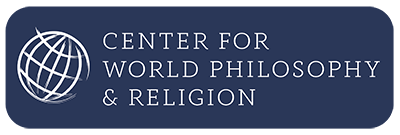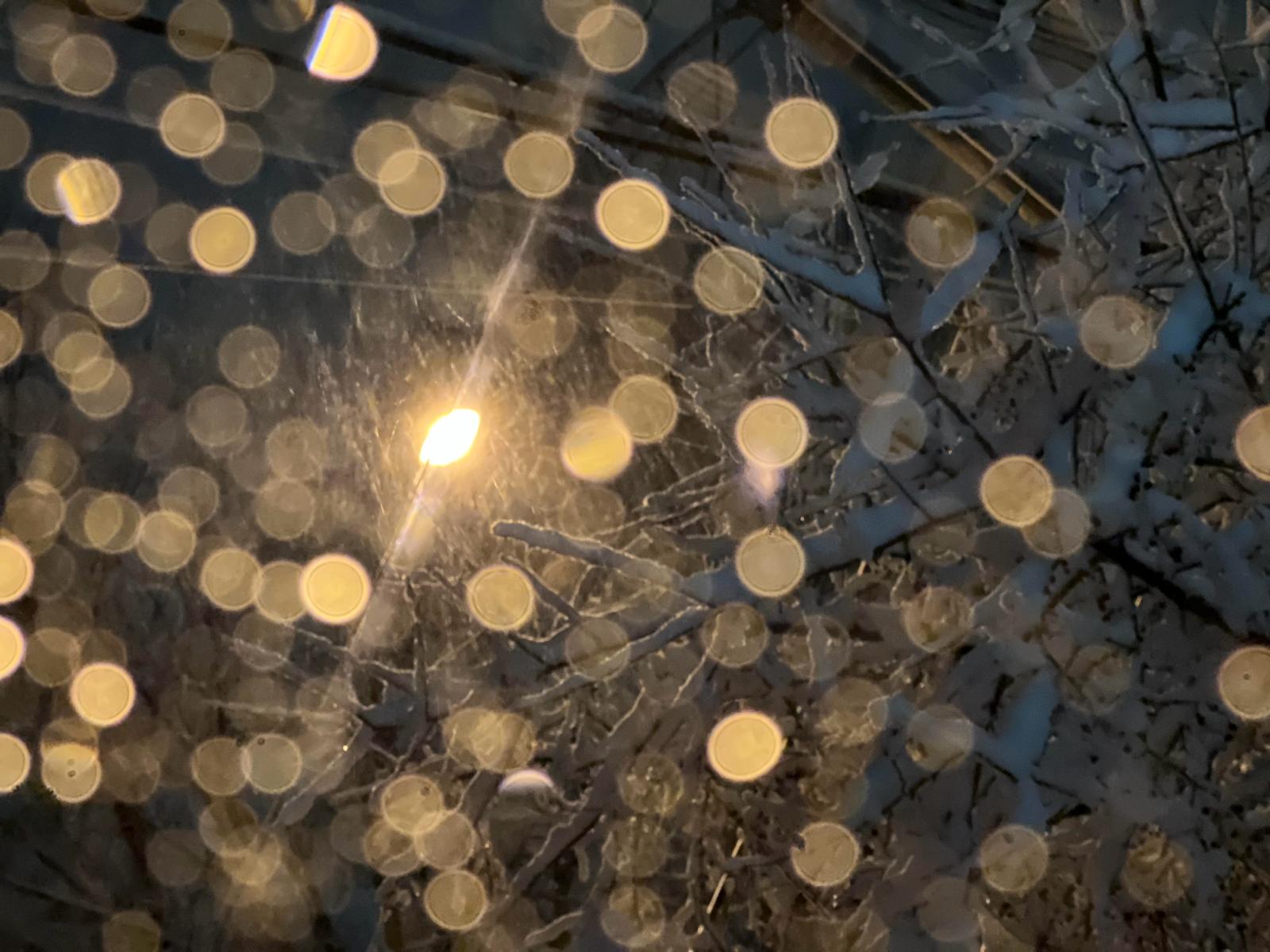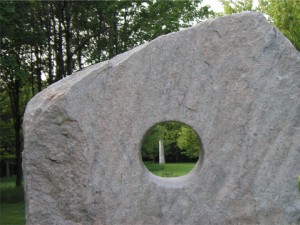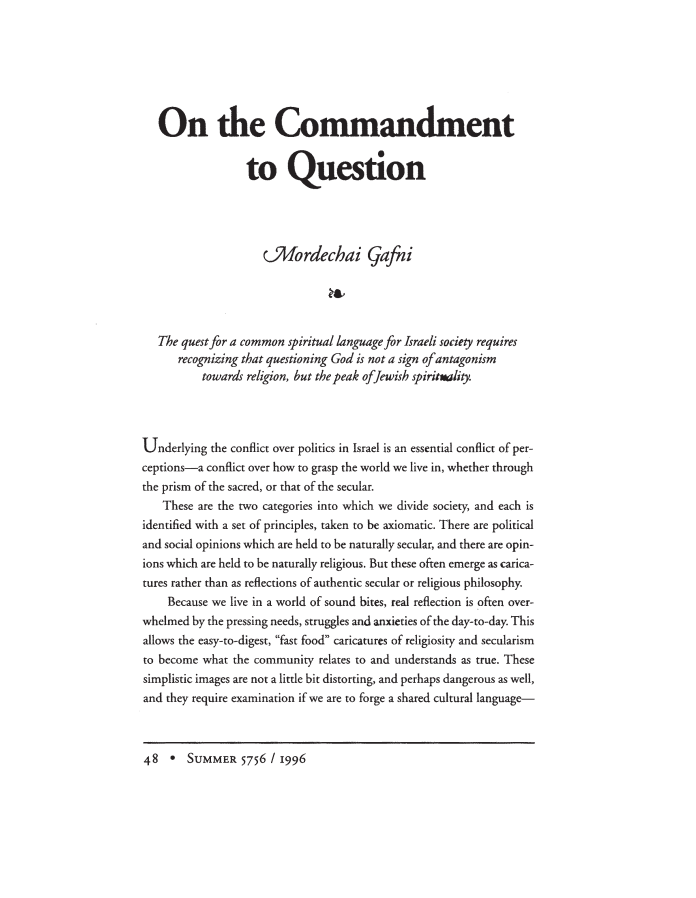ErosValue: Early Thoughts – Dr. Marc Gafni
The core Value of Cosmos is Eros. Indeed, the words cannot be fruitfully split.
Eros IS ethos.[1] Or said slightly differently, Eros is Value exponentialized as the Infinite Value, which suffuses Reality. Nothing exists outside of the circle of Eros as Value and Value as Eros. Eros IS ethos, and ethos, or Value, is the Ought implicit in Reality, which suffuses all of Cosmos. This is what we refer to in CosmoErotic Humanism as ErosValue.
Eros is life.
Eros generates new life.
Eros is a First Principle and First Value of Reality itself.
Eros is Value.
And Value is Eros.
Indeed, it is for that reason that we coined a new term in CosmoErotic Humanism:
ErosValue.
ErosValue generates the Value of Life.
In its creative movement, ErosValue generates ever-greater life through ever-deeper contact. It is the movement of Cosmos that brings together separate parts into larger wholes. The greater wholes have ever-more value. At every greater level of value, the emergent whole has greater depth, consciousness, and capacity.
A subatomic particle has a certain level of depth, consciousness, and capacity—all expressions of Value.
An atom—which contains, within it, subatomic particles that have come together to form a larger whole—has more depth, more consciousness, and more value.
The notion that there is already proto consciousness at the level of atoms is found across the interior sciences and is now appearing in multiple forms across the leading edges of the exterior sciences. The premise, which explains empirical reality far better than the other stunted hypothesis, is what we call pan-interiority. Reality is neither material nor spirit [value]. Rather, Reality is interiors and exteriors all the way up and all the way down the evolutionary chain. Alfred North Whitehead, who wrote Principia Mathematica with Bertrand Russel, called this proto interiority at the atomic level prehension.
Atoms come together to form larger wholes, molecules, which have more depth, capacity, and consciousness—more value.
Molecules form a larger whole, macromolecules, which have more depth, capacity, and consciousness—more value.
Macromolecules come together, intensifying their intimacy, aggregating, alluring separate parts into a larger whole with greater depth, capacity, and consciousness—more value—emerging as cells.
Matter has become life. The physiosphere has morphed into the biosphere. This is the inherent process of Eros—animating the processes of classical science and mathematics, as well as the interior sciences—which drives life all the way up the evolutionary chain. At ever-higher levels of emergence, there is more depth, capacity, consciousness, and hence more value. But while there are self-evident gradients of values, all of Reality has inherent Value. Value lives all the way up and all the way down the evolutionary chain. Eros is value generating ever-more value.
Ethos and Eros Are One: Eros Is ErosValue
Not only, however, is Eros virtually identical with ethos. Ethos is identical with Eros. In other words, there is a feeling to the ethos-suffused movement towards wholeness. That feeling is Eros. The Universe feels, and the Universe feels Eros. For the feeling of ethos is Eros. (more…)



 By Marc Gafni
By Marc Gafni
